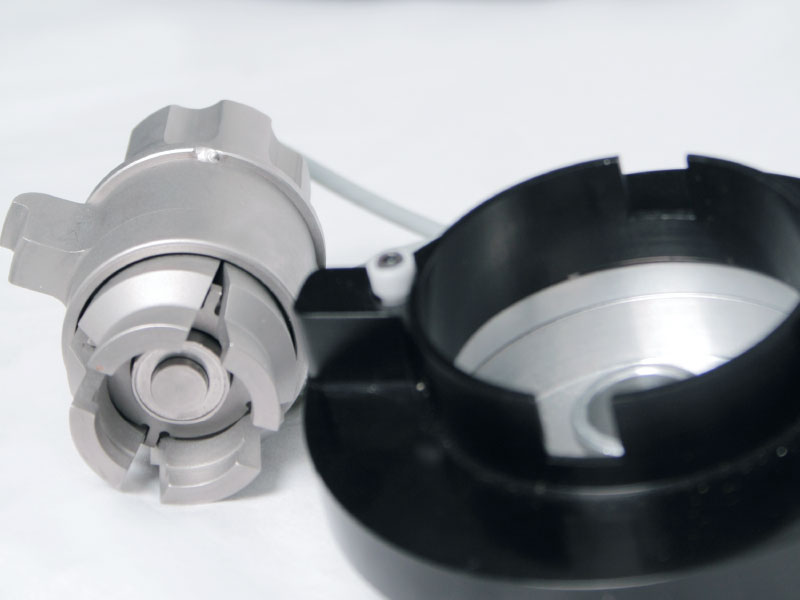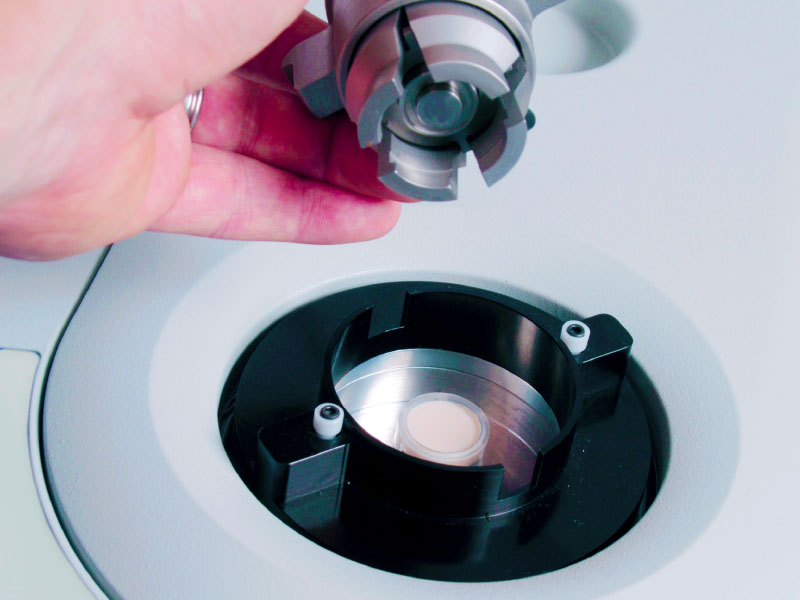Microwave Synthesizer
Discover
Microwave Synthesizer
Discover
Overview
The Discover® provides an economical, robust platform for heating sealed pressure vessels with the power of microwave energy. Access temperatures and pressures up to 300 °C and 300 psi for the highest purity synthetic results. Start with a basic system and add on more capabilities as you need.Features
- 10-mL sealed pressure vessels ideal for research chemistry and optional 80-mL vessels for scale up.
- Volume-independent, infrared temperature monitoring accurately measures temperature for reaction volumes from 0.2 to 60 mL with only two vessel sizes
- Safety based pressure management technology automatically relieves excess pressure to prevent vial failures.
- Variable speed magnetic stirring and rapid compressed air cooling
- Upgrade options: gaseous reagent addition, camera reaction monitoring, 80 mL reaction vessel, continuous flow chemistry, and open vessel option.
Microwave Advantage
The Absolute Best Approach for Chemical Synthesis

Conductive Heating
Conventional Method
With hot plates, oil baths, and heating mantles, energy is transferred indirectly to the reactants by applying heat to the outside surface of the vessel and solvent. This form of heating is slower and inefficient, leading to reduced synthetic results.

Microwave Heating
The Discover Method
The vessel wall is transparent to microwaves allowing energy to be directly absorbed by the reactants. This direct molecular activation limits side reactions and provides a fast and efficient form of heating. Reactions that previously took hours, or even days, to complete can be performed in minutes.
1Dudley, G. B.; Richert, R.; Stiegman, A. E. Chem. Sci. 2015, 6, 2144-2152.
2Chen, P.-K.; Rosana, M. R.; Dudley, G. B.; Stiegman, A. E. J. Org. Chem. 2014, 79, 7425-7436.
3Hunt, J.; Ferrari, A.; Lita, A.; Crosswhite, M.; Ashley, B.; Stiegman, A. E. J. Phys. Chem. C 2013, 51, 26871-26880

Speed
Run Sealed Tube Reactions Much Faster than Conventionally Heated Systems.
Microwaves Safely Heat Much Faster
" Because when applying convective heating, the heating process will continue even when power is already reduced, it appeared advantageous to regulate the power more conservatively to prevent any significant thermal overshoots, especially when exothermic reactions are processed. This invariably leads to the comparatively slow heating ramps.1 "
Reduced Cooling Time
1 Obermayer et al, J. Org. Chem. 2016, 81, 11788-11801
2 Typically used in conventional heating systems with sealed tubes
Floor Mounted Temperature Control System rials synthesis, and academic teaching labs, owing to these clear advantages.
Save Money — Use Less Reagents.

Limited
IR sensor from side
(Higher Volume Required)

Ideal
IR sensor from below
(Lower Volume Required)
Accuracy and Precision
No Temperature Overshoot.
Microwaves Turn OFF Instantaneously
Microwave energy can be turned OFF instantaneously. In contrast, conventional heating can’t as the vessel continues to be heated for a period of time after the heat source is turned OFF. This makes controlling temperature overshoot much more difficult with conventional heating.Unique Active Cooling of Discover
The Discover also features an integrated cooling system that provides automated cooling during a run. This system further ensures desired run conditions and quickly eliminates any overshooting of the target temperature.
Conventional Heating

Microwave Heating

Safety
Fewer Broken Vessels.
The pressure control on the Discover provides venting of excess pressure during the run as it happens. This reduces the chance of vessels breaking inside the system.Other systems vent excess pressure at the end of a run which is often too late. Conventionally heated systems also are more at risk of vessel ruptures from exothermic reactions since the heating can’t be instantaneously turned OFF.
Features
Reliable and easy to operate.

Pressure Management
The Discover seals reaction vessels up to 300 psi and automatically relieves excess pressure to prevent vial failures. An open vessel option upgrade is available to allow for atmospheric pressure applications in conventional round bottom flasks.
Volume-Independent Temperature Sensor
The floor mounted, infrared temperature sensor enables the Discover to accurately measure temperature for reaction volumes from 0.2 to 60 mL.
High Temperature/ Pressure Sealed Vessels
10-mL vessels for research and optional 80-mL vessels for scale up.
Self-Tuning, Efficient Microwave Cavity
Take the guesswork out of microwave chemistry. The Discover cavity automatically adjusts power output based on the polar and ionic properties of your reaction solution.
Compressed Air Reaction Quenching
Rapid cooling upon reaction completion allows safe handling in less than a minute. Superior performance to fan-based systems.
Electromagnetic Stirring
Homogenize your reaction mixture for the best synthetic results and consistency. Fully adjustable.
Software
Synergy Data Analysis Software
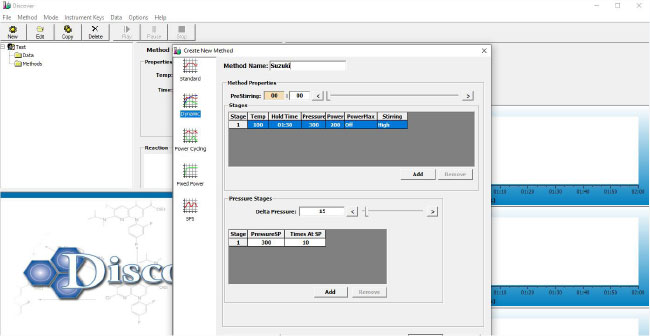
Specialized Reaction Programming
Synergy software provides the most convenient way to access the unique power control modes of the Discover. Routine synthetic chemistry can be performed with Standard methods while 4 additional control algorithms allow scientists to further explore the limits of microwave heating.
Enlarge
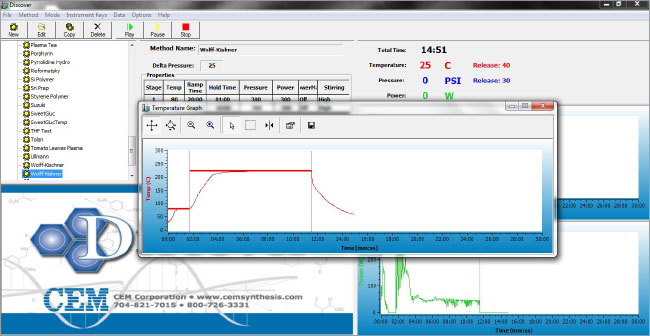
Accessible Reaction Data
Record temperature, pressure, and power data for your reactions and store everything in Synergy for fast and organized retrieval. Information can be directly exported into a spreadsheet or data visualization program for reports and publication using the convenient laptop interface.
Enlarge
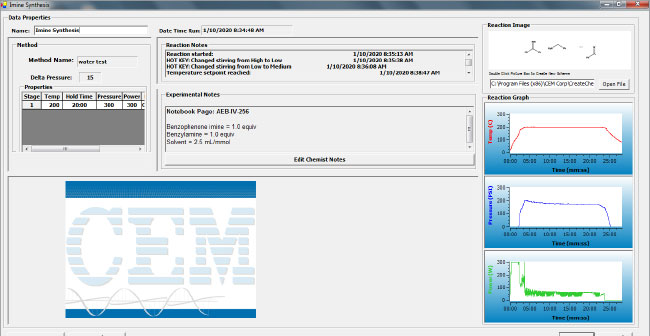
Protected Electronic Notebook
All reaction data is saved to Synergy’s database and cannot be deleted. Add notebook numbers, chemical structures and reaction schemes, and other sample identifiers and notes without concern for data integrity.
Enlarge
Upgrades & Accessories
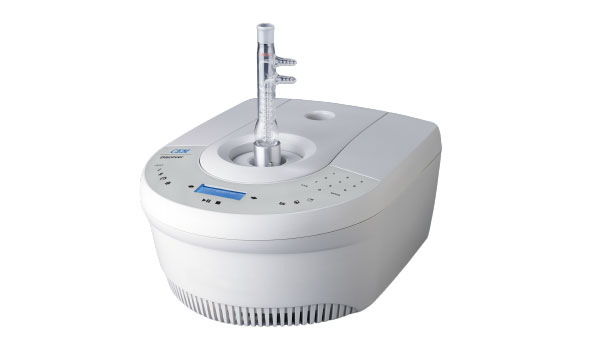
Add the power of microwave chemistry to reactions in conventional laboratory glassware. The Discover is the only microwave synthesizer to allow the use of a conventional round bottom flask, up to 125 mL, in it’s reaction cavity. Using an open vessel format, it is easy to cannulate or add reagents and remove aliquots of reaction solution for TLC or instrumental analysis of reaction progress.

